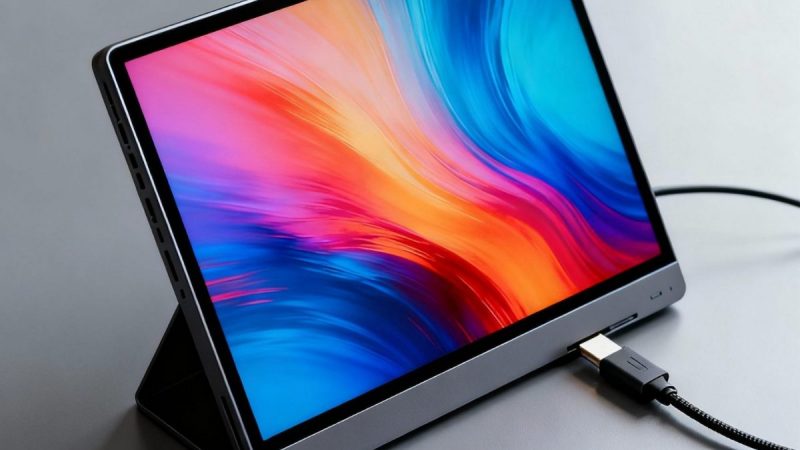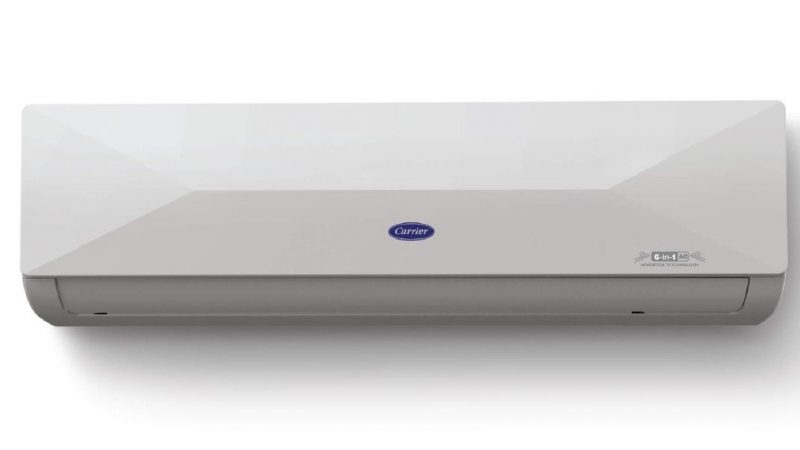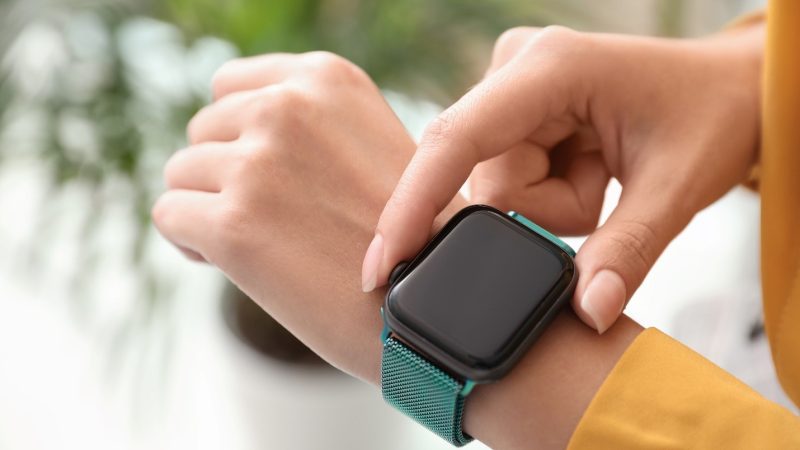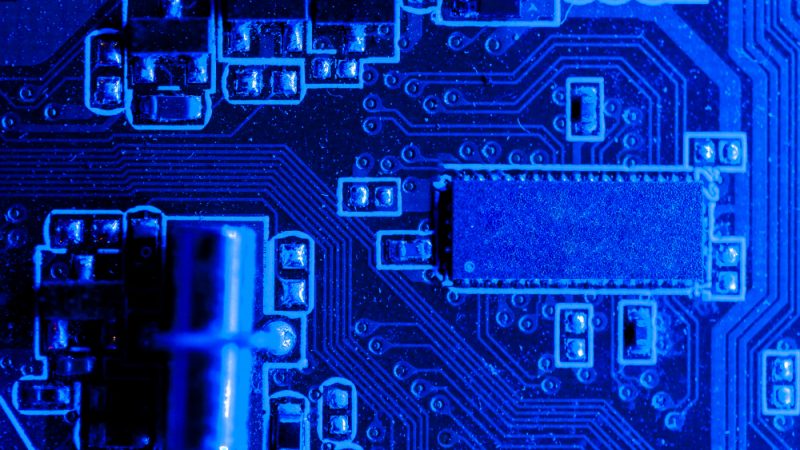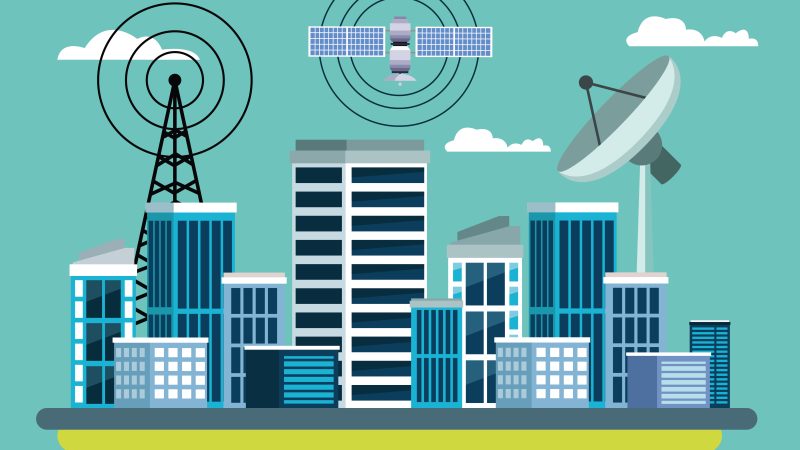The role of Lead wires in maintaining reliable electronic connections
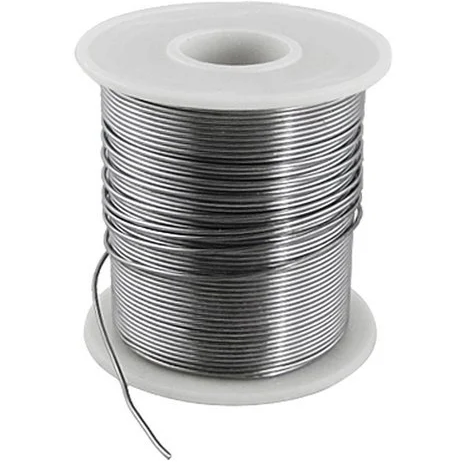
Lead wires are critical components that facilitate the electrical connection between two electronic components. They typically consist of a copper conductor surrounded by electrical insulation. This insulation is necessary to protect the wire from damage and interference from other electrical circuits. Many lead wires are made from bare copper, then stranded and tinned. This process helps ensure that the wires can be stripped without needing to be re-twisted or damaged. This is a significant step in maintaining lead wires and ensuring their longevity. Installing and managing lead wires properly can help keep any electronic device running smoothly and reliably for years to come.
What are the types of lead wires?
- LV Control Cable has superior electromagnetic compatibility and low-emission properties. The lead wires in these cables are made from highly conductive materials for maximum signal transfer efficiency and come with various insulation materials to suit different environments. The high-quality materials used in Control Cables ensure they are durable and will last long without any significant issues.
- LV Power cables are essential for the transmission of electrical power. Their flexible and armoured power cables allow them to be used safely in various applications. The lead wires promise up to 1100 voltage grade, making them suitable for all your needs. These power cables can do everything from building wiring for lighting and control circuits to powering electrical equipment. With Tempsens’ reliable lead wires, you can rest assured that your power requirements will be handled.
- Instrumentation Signal Cables are designed with superior signal integrity to deliver clean signals in even the harshest environments. These cables provide an efficient and reliable connection in communication and instrumentation applications for industries such as oil, petrochemicals, cement, steel & sponges, power generation and more. The lead wires in the cables provide an excellent option for noise reduction and minimization of signal interference. This allows for consistent signal transmission throughout its use in these various industries. Combined with lead wires and quality materials, instrumentation signal cables offer superior functionality while ensuring reliable performance in even the most challenging applications.
- Thermocouple Cables are the most efficient way to measure the temperature at the source point accurately. These lead wires connect thermocouples to the instruments for extended readings. The most basic application of thermocouple cables is to extend a signal from the sensor to the device. The lead wires can also connect multiple thermocouples in series or parallel circuits, allowing users access to measure temperature in various places. With these cables, permanent and semi-permanent connections can be made, giving users a reliable reading every time. A wide range of thermocouple cable types and sizes can be found in industrial settings, so one can always find the suitable cable for their desired need.
- RTD cables are essential for carrying RTD signals from the field-mounted instruments to the control room. The lead wires act as a bridge between the control room and field-mounted instruments, allowing them to communicate with each other without any error. Furthermore, the lead wires help to reduce electrical resistance and provide reliable data transmission over long distances. Thus, they play an essential role in the efficient functioning of the RTD system.
- Fire Survival Cables are the perfect solution to maintain vital circuit operations during a fire disaster. With the help of these cables, the hazardous effects of fire smoke, head and toxic fumes can be contained and minimized. The lead wires in these cables help ensure the circuits remain intact and functioning even in extreme conditions. Fire survival cables are highly recommended for any installation that requires circuit operations during a disaster.
- High-Temperature cable can be any wire designed to withstand extreme temperatures. These lead wires are essential for various industries, from thermocouple cables, which measure temperature, to RTD cables, used for controlling processes and power cables in charge of electricity transmission. With them, accurate measuring and control of temperature are possible in specific environments. These lead wires must have the proper insulation to handle the heat and provide extra protection. The high-temperature cable also has various options for its outer jacket.
Summary
Tempsens provide lead wires suitable for multiple applications and are constructed using the highest quality materials. The cables are manufactured strictly following applicable National & International Standards, providing superior performance and durability. With their commitment to quality and customer satisfaction, Tempsens is proudly seen as a leader in the cable industry.

